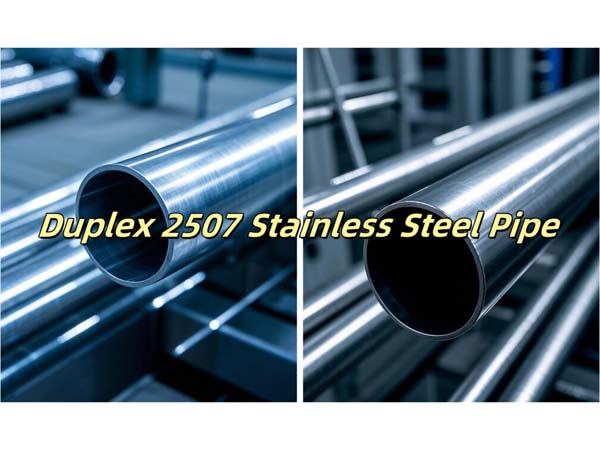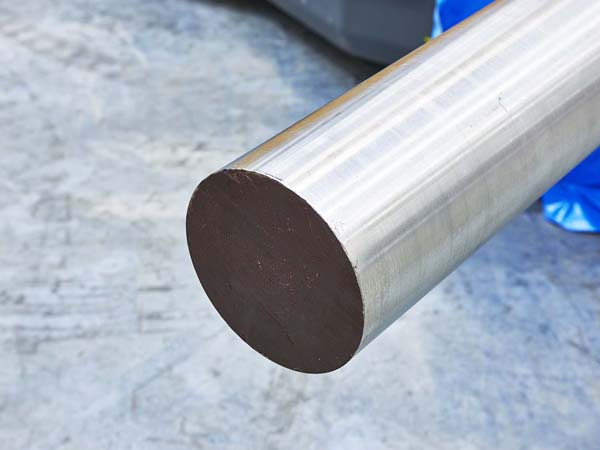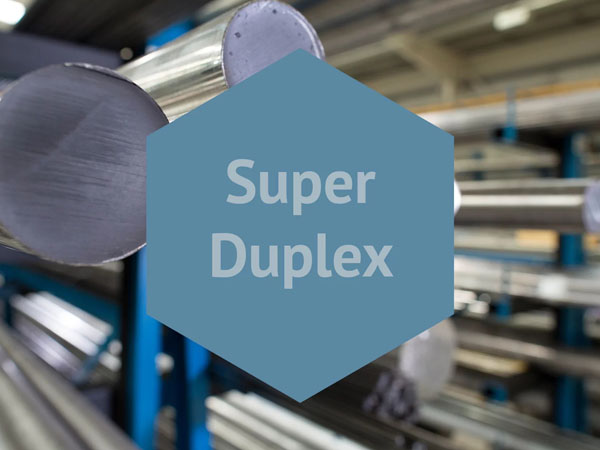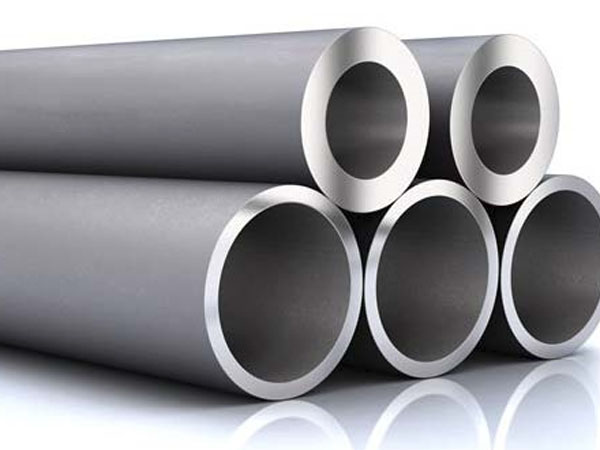





Phone
+86-731-82250427
Address
25th floor, C3 Building, Wanda Plaza, Kaifu District, Changsha, Hunan Province, China.
 Mar 11 2024
Mar 11 2024253MA (UNS S30815, W.Nr.1.4835) is a type of steel that offers a combination of favorable properties for high-temperature applications while being easy to work with. It maintains its resistance to oxidation at temperatures as high as 1150°C and demonstrates better performance in carbon, nitrogen, and sulphur-rich environments compared to grade 310. One of its advantages over high nickel alloys and grade 310 is its relatively low nickel content, making it more effective in reducing sulphide atmospheres. Additionally, the inclusion of high silicon, nitrogen, and cerium levels enhances the steel's ability to withstand oxide formation, maintain strength at elevated temperatures, and resist the formation of sigma phase precipitates. The austenitic structure of this grade also provides excellent toughness, even at extremely low temperatures such as cryogenic conditions.
Furnace Components: Radiant tubes, muffles, and retorts
Power Generation: Boiler tubes, superheaters, and reheaters
Automotive and Industrial Applications: Exhaust system
Chemical Processing: Reactors, kilns, and incinerators
Refractory Anchors: Secure refractory linings in high-temperature furnaces and kilns
|
Material |
Cr |
Mo |
Si |
Ni |
S |
C |
Mn |
Ce |
|
253MA |
20.0-22.0 |
10.0-12.0 |
1.40-2.00 |
0.14-0.20 |
0.03max |
0.05-0.10 |
0.80max |
0.03-0.08 |
|
Material |
Tensile strength |
Yield strength 0,2 |
Elongation |
Hardness HB30 |
|
600N/mm² |
310N/mm² |
40% |
90-217HB |
253MA stainless steel exhibits remarkable resistance to corrosion at high temperatures. While it is not specifically designed for resistance to corrosion in aqueous environments, its high chromium and nitrogen content provide a level of pitting resistance similar to that of grade 316. However, it's important to note that 253MA has a high carbon content, which makes it highly susceptible to sensitization caused by welding or exposure to service conditions. This sensitivity may lead to a reduction in its resistance to aqueous corrosion after high temperature service or fabrication. Therefore, it is not intended for applications that are exposed to wet corrosion.
To achieve maximum creep strength in service, it is recommended to heat the 253MA stainless steel to a range of 1050-1150°C and then cool it rapidly. Additionally, if the material has undergone 10-20% cold work, it is advised to subject it to a solution treatment. It's important to note that 253MA cannot be hardened through thermal treatment.
253MA stainless steel is often subjected to heat treatment for various purposes. This involves carefully heating the material to specific temperatures and holding it for a specified duration in controlled environments. The objective is to enhance the mechanical properties, improve strength and hardness, and achieve the desired characteristics. After heat treatment, additional processes may be required to meet the final product specifications.
One common post-treatment process is pickling, which is utilized to remove surface impurities and oxide layers from the 253MA material. During pickling, the material is immersed in a solution, typically containing acids, to dissolve contaminants and restore the material's corrosion resistance. This process helps ensure the surface is clean and free from any undesired substances.
253MA stainless steel can be formed using both hot and cold forming processes, depending on the desired shape, complexity, and mechanical properties required for the application.
Hot Forming: Demonstrating favorable hot workability, 253MA is suitable for forming through methods such as hot rolling, forging, and extrusion. The specific temperature range for hot forming can vary depending on the desired deformation and application requirements. This method is commonly employed for larger and more intricate components that require extensive shaping.
Cold Forming: 253MA maintains its ductility and formability even at lower temperatures, enabling it to be easily formed using cold forming methods such as cold rolling, drawing, bending, and deep drawing. Cold forming is often preferred for smaller, simpler components or those that demand high dimensional accuracy and surface finish. Additionally, it contributes to increased strength and hardness in the material due to work hardening during the process.
Similar to other austenitic stainless steels, 253MA material necessitates the use of sharp tools, slow speeds, and heavy feeds during the machining process.
253MA stainless steel exhibits superb weldability and is compatible with all standard fusion methods. When selecting matching filler metals, 22.12HT rods or electrodes are recommended. If a lower creep strength is acceptable, grade 309 fillers can also be utilized.
Ø Bar & Rod
Ø Plate & Sheet
Ø Coil & Strip
Ø Pipe & Tube
Ø Fitting: Flange, Tee, Elbow, Reducer etc.
Ø Forging: Ring, Shaft, Circle, Block etc.
Ronsco is a supplier with more than 27 years of experience in the special metal field, we always adheres to the business phiosophy of "customer-centered", tries its best to meet the requirements of customers and pursues win-win cooperation with customers. Are you looking for special metal products one-stop supplier! Contact Us Now! Email: marketing@ronsteel.com
